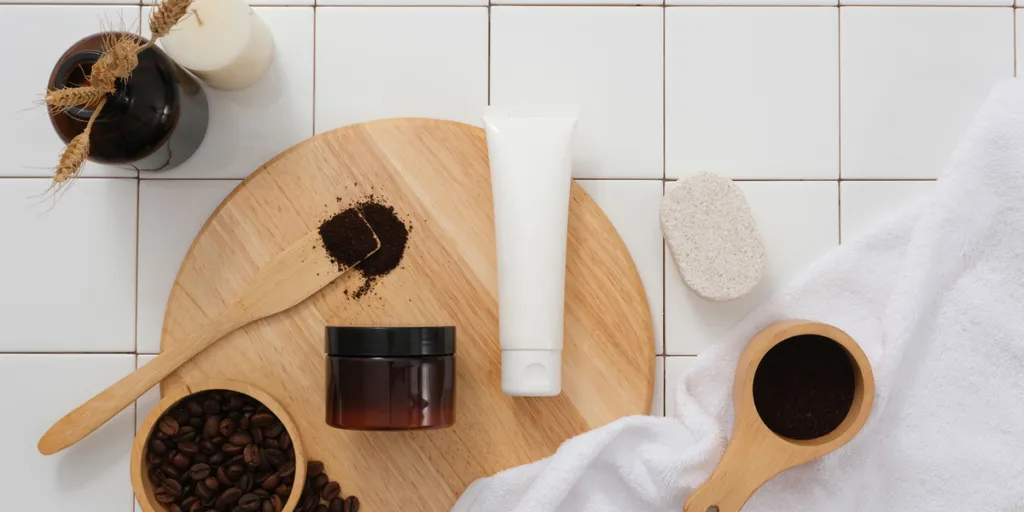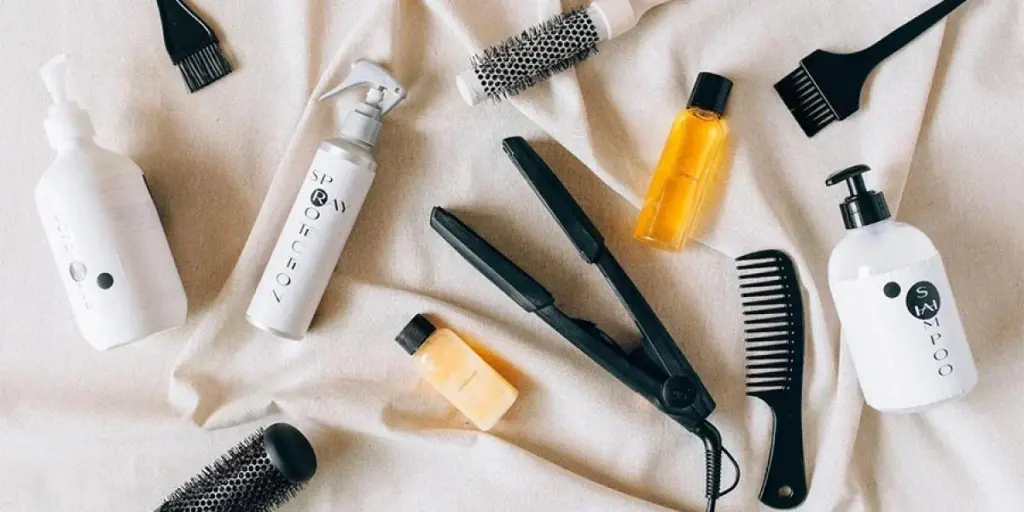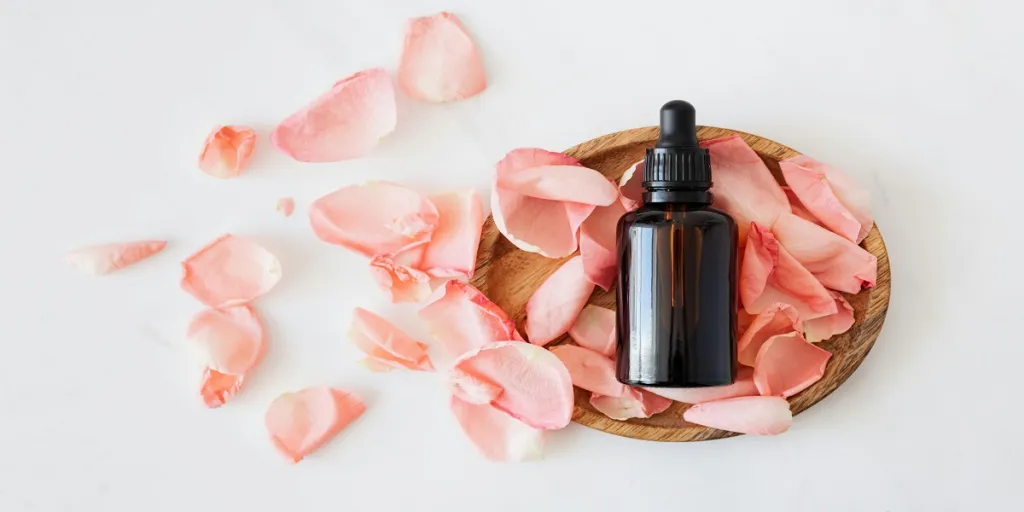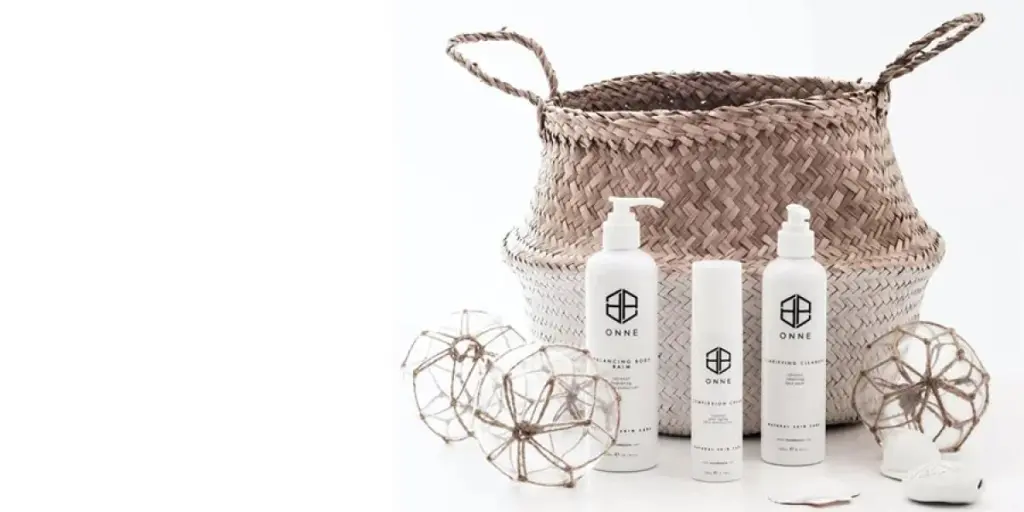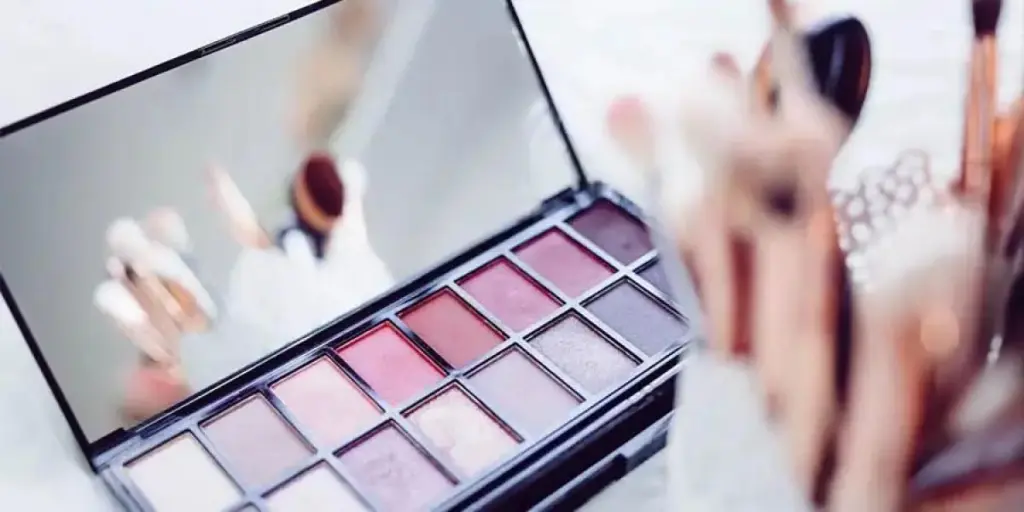While a nice, hot cup of coffee is part of many people’s routine, including mine, it’s also becoming a regular part of many people’s beauty routine. But what does that mean? Is caffeine a gimmick as a skincare ingredient, or does it really work?
Read on to learn more about how caffeine works as a skincare ingredient and the best products that contain caffeine.
Table of Contents
What is caffeine?
How does caffeine help the skin?
The best products with caffeine
How to use caffeine in skincare
Caffeine as a sustainable skincare ingredient
Final thoughts
What is caffeine?
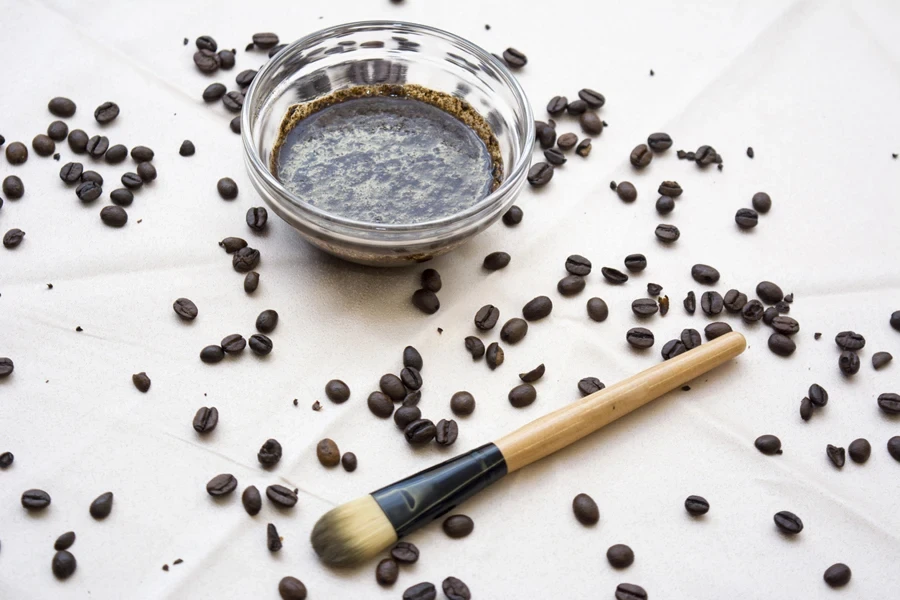
Caffeine is a natural stimulant that belongs to a class of compounds called xanthines. It is found in various plants, with coffee beans, tea leaves, and cacao beans being some of the most well-known sources. Caffeine is known for its stimulant effects on the central nervous system, and it is consumed worldwide for its stimulating properties.
How does caffeine help the skin?
We are increasingly seeing caffeine being included in beauty products, particularly skin care products, but how does it work?
While you may think that people exaggerate when they boast that caffeine can be a helpful skincare ingredient, evidence supports its benefits.
So, how does caffeine help the skin?
- Antioxidant properties: Caffeine is known for its antioxidant properties, which help neutralize free radicals in the skin. Free radicals are unstable molecules that can damage skin cells and contribute to aging.
- Anti-inflammatory effects: Caffeine may have anti-inflammatory effects, reducing redness, swelling, and puffiness in the skin. This makes it a popular ingredient in products targeting conditions like under-eye bags.
- Vasoconstriction: Caffeine has vasoconstrictive properties, meaning it can temporarily narrow blood vessels; this can be useful in reducing the appearance of redness and inflammation.
- Improvement of circulation: Some studies suggest caffeine may enhance blood circulation when applied topically. Improved circulation can contribute to healthier-looking skin.
- Cellulite reduction: In body skincare, caffeine is sometimes included in formulations targeting cellulite. It is believed to stimulate blood flow and help reduce the appearance of cellulite.
- Dark circles and puffiness: Due to its ability to constrict blood vessels and reduce inflammation, caffeine is often found in eye creams and serums targeting dark circles and puffiness around the eyes.
The best products with caffeine
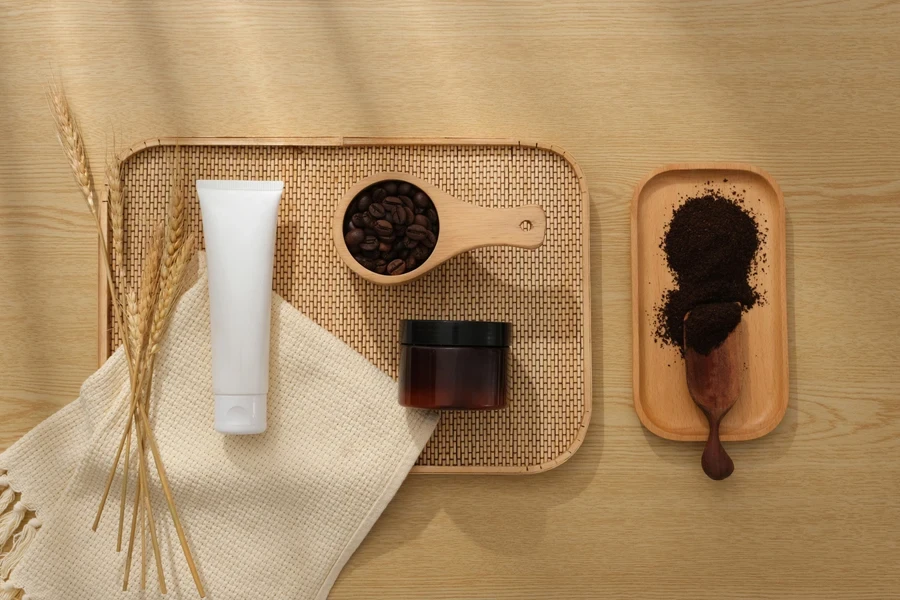
Caffeine is a versatile ingredient and can be found in many beauty products. Here are some types of beauty products that commonly include caffeine:
- Eye creams and serums: Caffeine is a popular ingredient in eye creams and serums designed to address issues such as dark circles, puffiness, and fine lines around the eyes.
- Facial moisturizers: Some facial moisturizers may include caffeine to provide antioxidant benefits, reduce inflammation, and contribute to overall skin health.
- Anti-cellulite creams: Caffeine is often included in formulations targeting cellulite, as it is believed to stimulate blood flow and help improve the appearance of dimpled skin.
- Body lotions: Caffeine-infused body lotions may be used for their potential skin-firming and anti-inflammatory effects, especially in areas prone to cellulite.
- Lip balms and treatments: Caffeine can be found in some lip balms and treatments, providing antioxidant benefits and potentially reducing puffiness around the lip area.
- Face masks: Some facial masks, particularly those designed for brightening and revitalizing the skin, may contain caffeine for its antioxidant and anti-inflammatory properties.
- Hair care products: Caffeine is also used in some hair care products, such as shampoos, conditioners, and growth oils, as it is believed to stimulate hair follicles and promote hair growth.
- Sunscreen: Caffeine is sometimes included in sunscreen formulations due to its antioxidant properties, which can help protect the skin from free radical damage caused by UV rays.
How to use caffeine in skincare
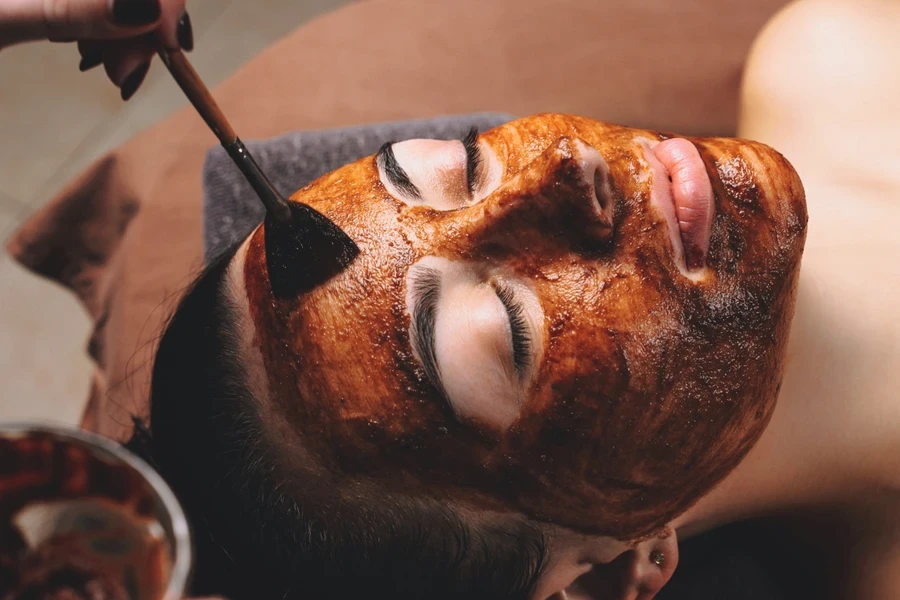
The effects you see with caffeine in skincare products are likely temporary, as are the stimulating effects you see when you drink a cup of coffee, so caffeine should be combined with other active ingredients for long-term effects. Caffeine is often combined with vitamin C and hyaluronic acid.
However, it’s essential to know that caffeine doesn’t combine well with all skincare ingredients, and some may cause irritation or other adverse effects. For example, combining with retinol may increase dryness, leading to irritation. Additionally, caffeine should not be combined with harsh ingredients such as acids or exfoliants.
Caffeine as a sustainable skincare ingredient
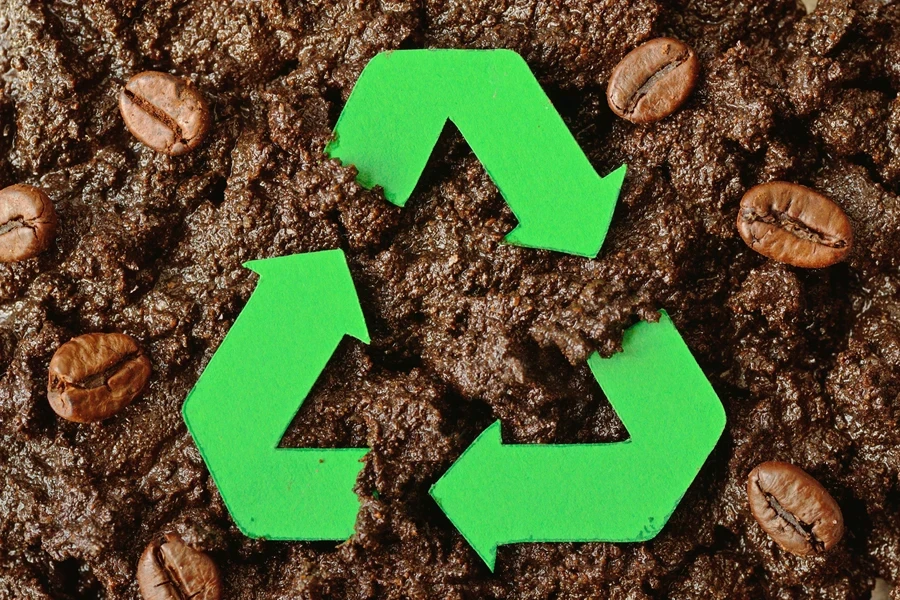
Sustainability is a common and important topic in the beauty industry. Caffeine has become an interesting point of conversation because beauty brands can use the byproducts from the coffee industry in their beauty products and still see the positive benefits of caffeine in their products.
Research and development utilizing coffee byproducts for cosmetic purposes can drive innovation in the beauty industry. Collaborations between coffee producers, cosmetic manufacturers, and other stakeholders can lead to creative solutions for sustainable ingredient sourcing.
Using caffeine extracted from coffee byproducts in beauty products can be a sustainable choice for several reasons:
- Waste reduction: Coffee production generates a significant amount of byproducts, such as coffee grounds and spent coffee grounds. These byproducts are often considered waste and can contribute to environmental issues if not properly managed. By extracting caffeine from these byproducts, beauty brands can help reduce the environmental impact of coffee waste.
- Resource efficiency: Repurposing coffee byproducts for cosmetic ingredients promotes resource efficiency. Instead of relying solely on traditional sources of caffeine, which may involve more resource-intensive processes, utilizing coffee waste can be a more sustainable option.
- Circular economy: Incorporating caffeine from coffee byproducts aligns with the principles of a circular economy. Rather than discarding waste, these byproducts are given a new life and contribute to a more closed-loop system, minimizing the overall environmental footprint.
- Energy savings: The extraction of caffeine from coffee byproducts may require less energy than other methods. Utilizing waste materials can be more energy-efficient than starting with raw materials, contributing to a more sustainable production process.
Remember, it’s important for beauty brands to communicate transparently about their sourcing practices, detailing how they extract and use caffeine from coffee byproducts, and ensuring that the overall production process is environmentally responsible.
Additionally, third-party certifications or partnerships with sustainability organizations can further validate a brand’s commitment to eco-friendly practices.
Final thoughts
Caffeine as a part of skincare is not just a trend; it has real beauty benefits. If you don’t already have skincare products containing caffeine in your product lineup, check out Alibaba.com for the latest products.
